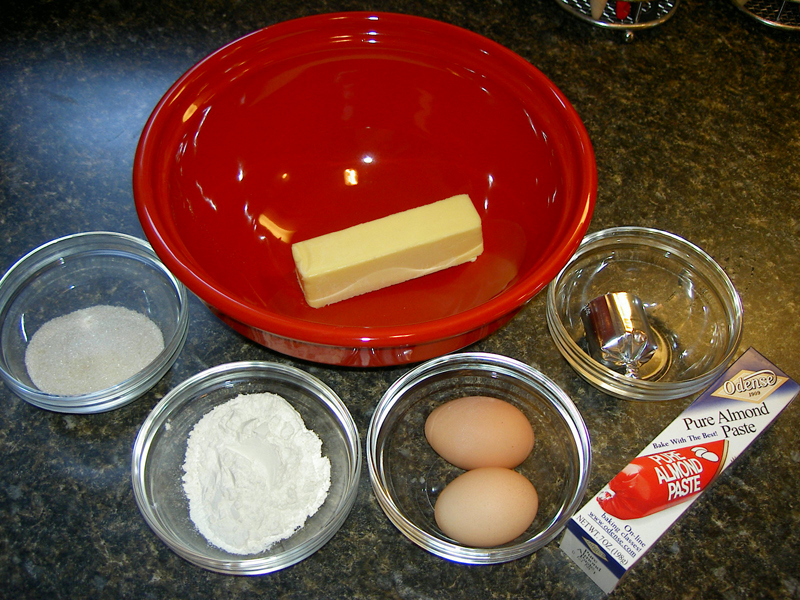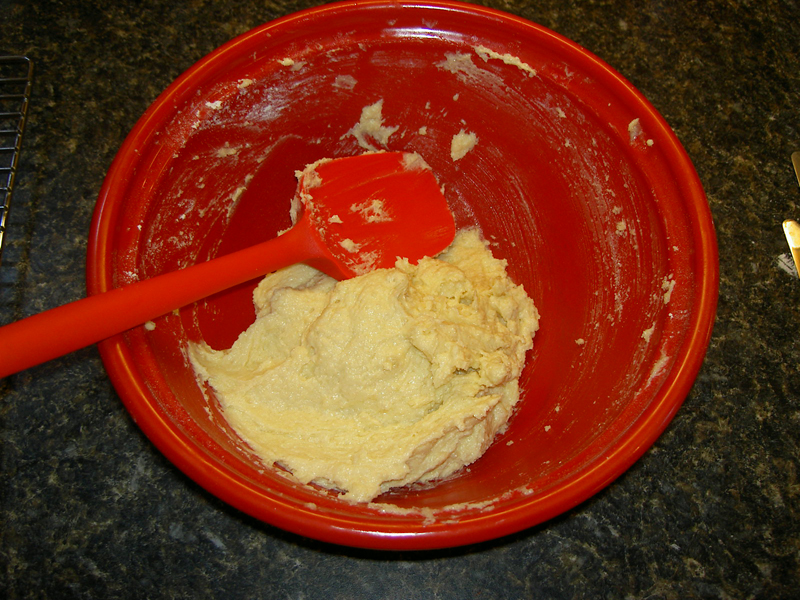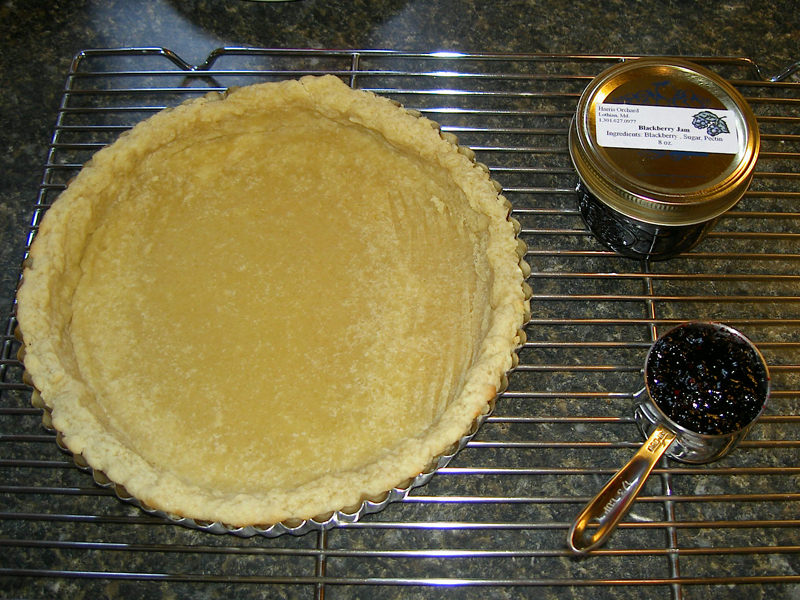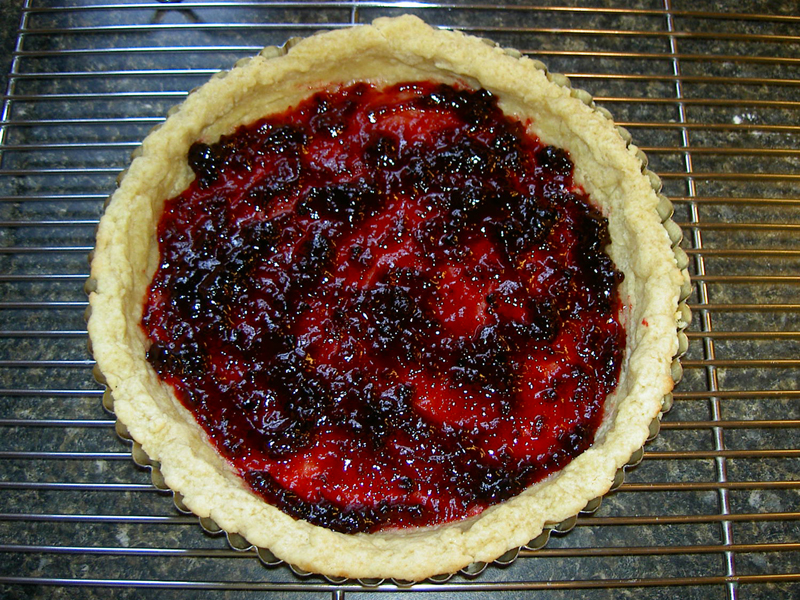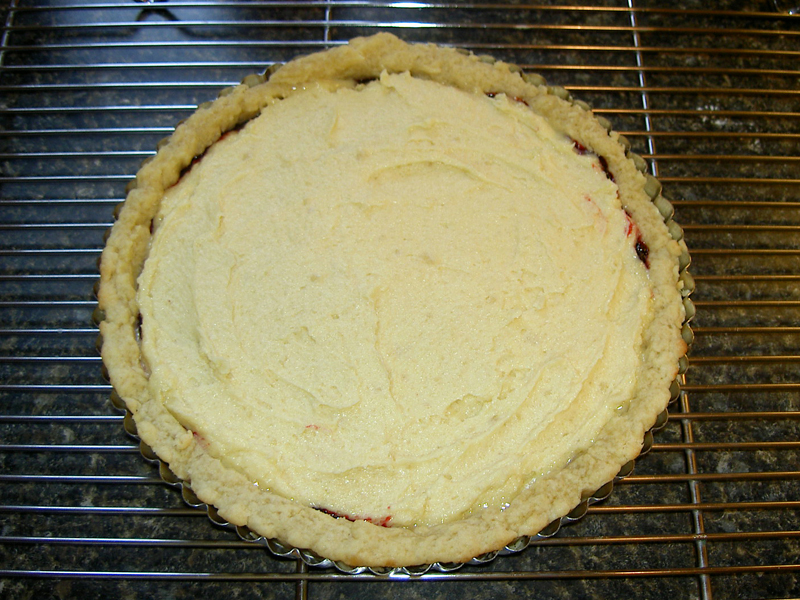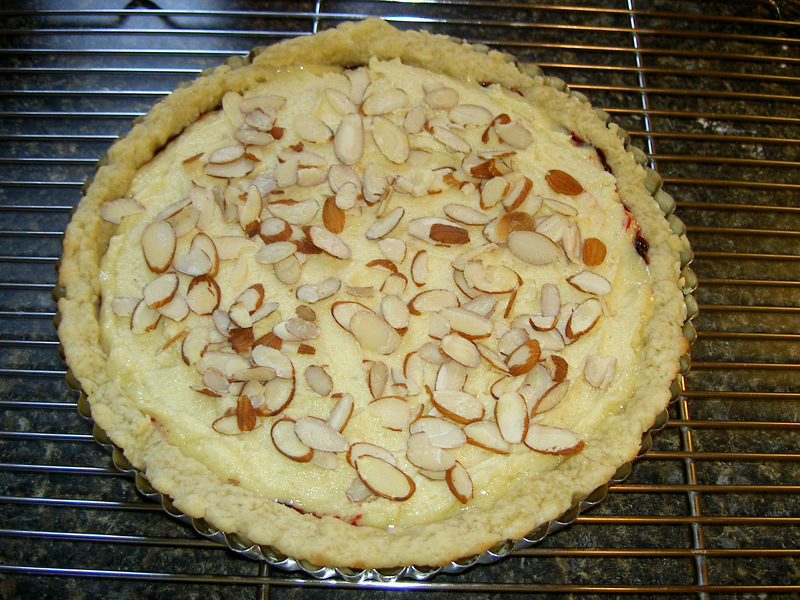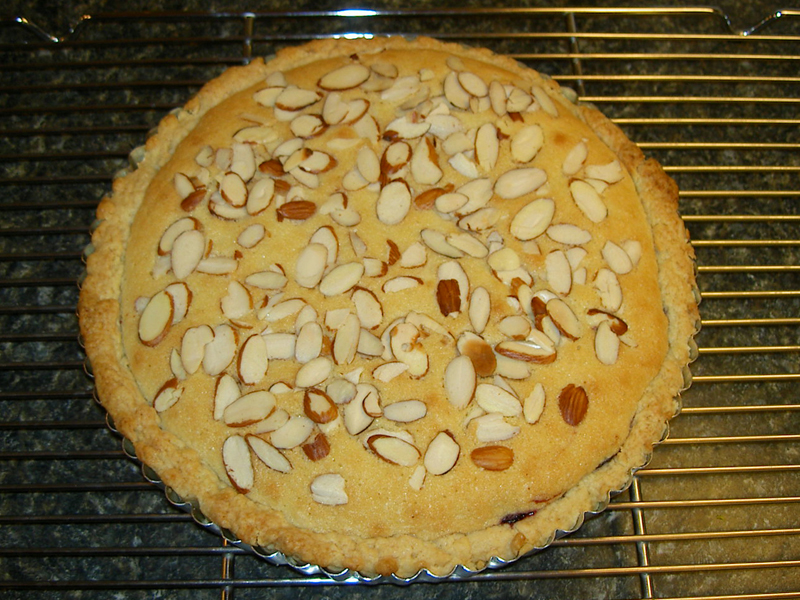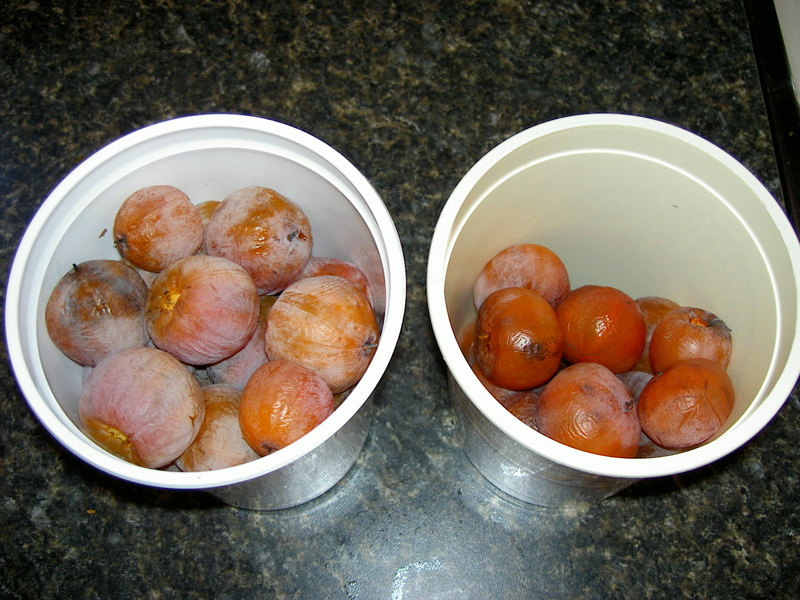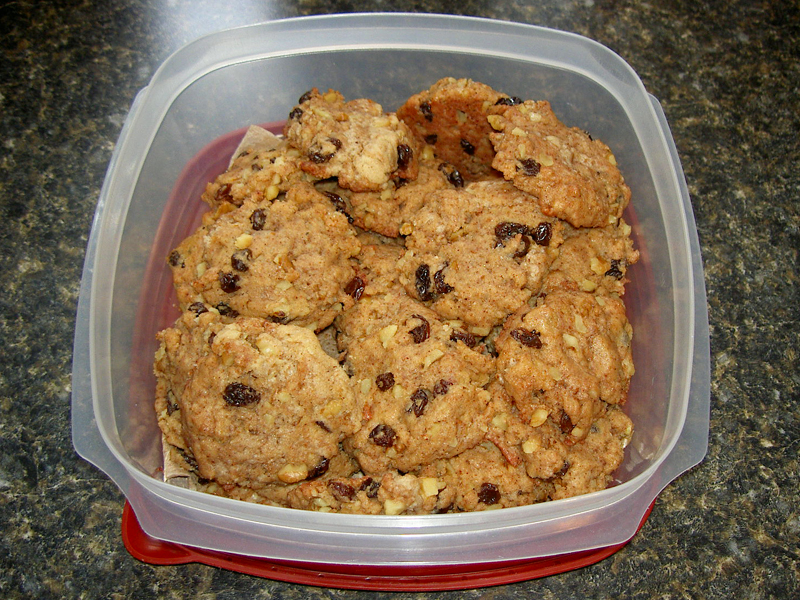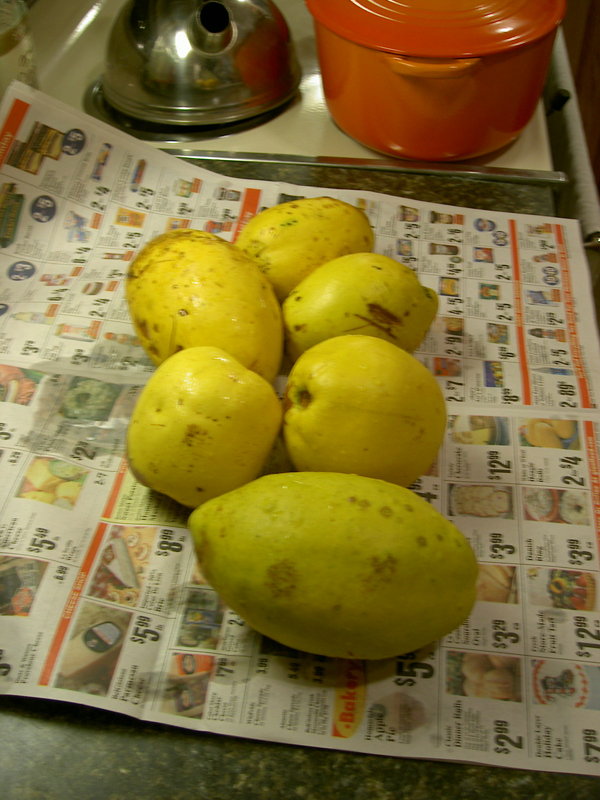
Quinces from our backyard.
One of the best surprises we’ve had as we’ve gotten to know our house and yard was the discovery of quince trees in the rear corner of our neighbor’s yard, along the border between our two properties. Because we are the neighbor to the south, and there are other trees to the north in our neighbor’s yard, the trees grow toward the sun, overhanging our rear sidewalk and garage. During the first year we were here, we saw one or two yellow things on the ground by the back fence, and commented to each other that an animal must have dragged an apple or something into the yard and left it there. That was the sum total of the interest we paid in the situation and the energy we expended in addressing it: very little. We were busy with other parts of the yard, and a bit overwhelmed by the sheer amount of work it would take to clean up the property; the last thing we wanted to do was investigate mysterious happenings out by the garage.
The second year we were here, we spent more time in the yard during the autumn clearing the ivy, pruning the trees, and covering the weed-laden garden beds with a thick leaf mulch. During all that time in close proximity to the rear yard, we noticed that the yellow fruits were actually growing on the trees, and were littering our rear sidewalk by early November. This piqued our curiosity, and we consulted one of my partner’s colleagues who grows quite a lot of his own fruits and vegetables on a lovely piece of land that used to be part of a dairy farm. He told us we had quinces, a fruit of which I had only heard vague and mysterious references to before that point. Nonetheless, I gathered them up and set them on the back steps to cure while I figured out what to do with them.
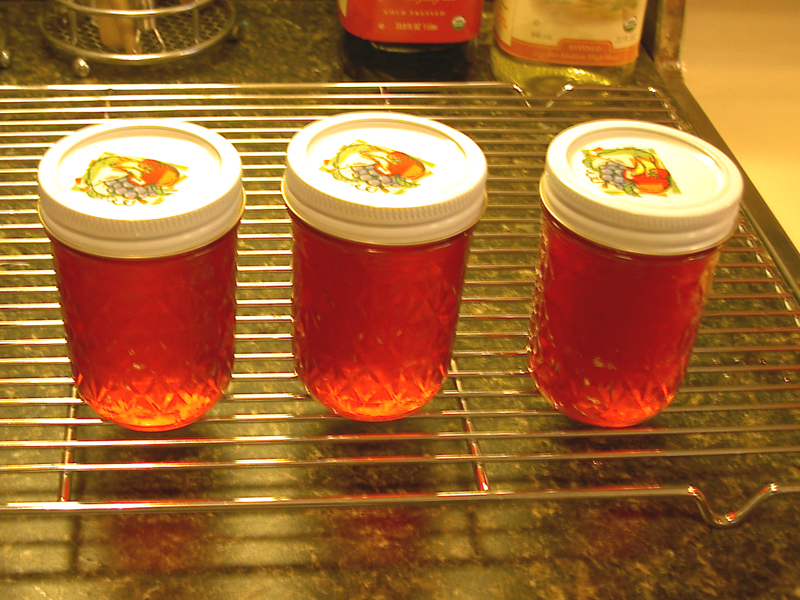
Quince jelly.
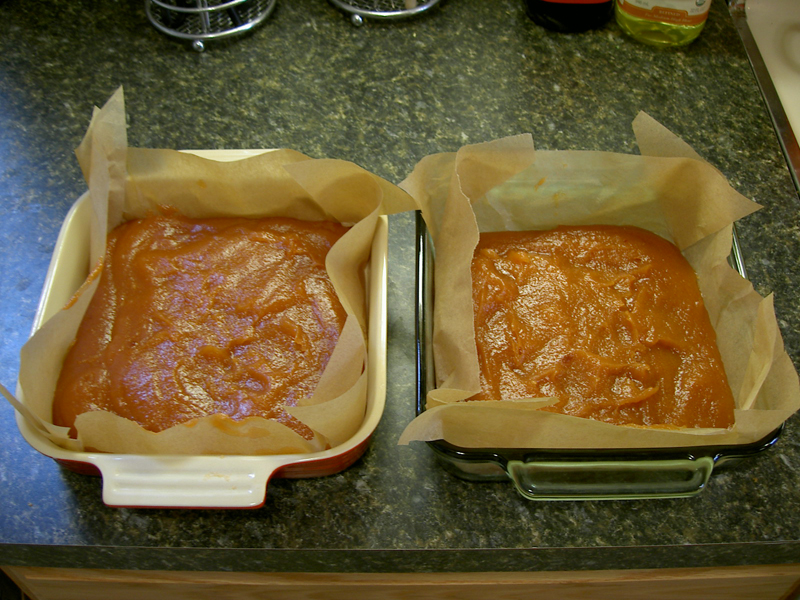
Quince paste.
There are, it appears, two things to do with quinces. You can make jelly or you can make membrillo, a thick paste that is a favorite dessert in Spain that’s served with manchego cheese. You can also bake and poach them, mixing them in with apple desserts for additional flavor, which we tried as well. With two dozen enormous yellow fruits having literally dropped from the sky into our yard and folks all over the internet raving about the glory of the flavor of the quince, I decided there was nothing for it but to make jelly…and membrillo, since it would be a shame to have all the pulp just go to waste. This was my first foray into canning, and I had to improvise somewhat. I used a stockpot for the boiling water bath (which, by the way, I don’t recommend) and set to work chopping and boiling and draining and boiling and skimming and stirring and pouring, ending up with about a dozen half-pints of jelly and about 20 pieces of membrillo. Happily, everybody I know seems to love membrillo, a delicacy I had never heard of before embarking on this new culinary path. We were able to give away the membrillo, in addition to serving it to guests at every opportunity, and enjoyed the jelly for much of the year. I also learned that canning is actually not that hard — although quince jelly is arguably the easiest product to start with, containing just the right amount of natural pectin to gel on its own and turning a lovely deep rose color to let you know when it’s done.
Following this roaring success, we made a concerted effort to help the trees this year. We cut back the ivy that surrounds them and pruned all the not-inconsiderable deadwood. Once we knew what to look for, the trees became incredibly easy to identify, and we were pleased to discover two small saplings at the sides of the main grove, no doubt sprung up from fruits left to lie under the thick ivy ground cover. Later in the spring we were rewarded first by flowers and then by little green fruits. Little green fruits which soon littered the ground when the gale-force winds of the early summer storms blew through. This autumn, there was not a single yellow fruit on any of the trees, much to our disappointment. We are hopeful that quinces are like some varieties of pears, with large and small production years, and that next year will be a banner year. In the meantime, I have been combing the internet for a mail-order source of quince fruits, to no avail, having learned the hard way that their floral flavor is truly as addictive as quince fans claimed!
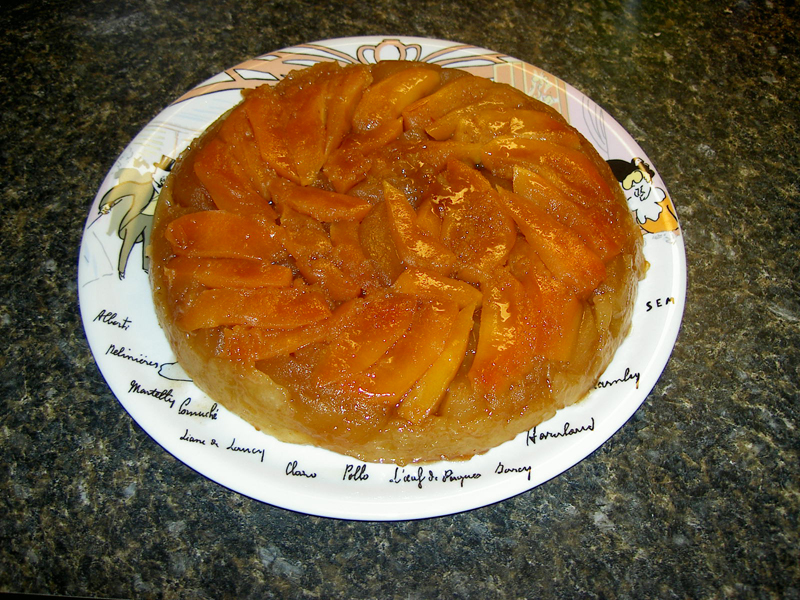
Tarte tatin, with a layer of quince slices — magnifique!
